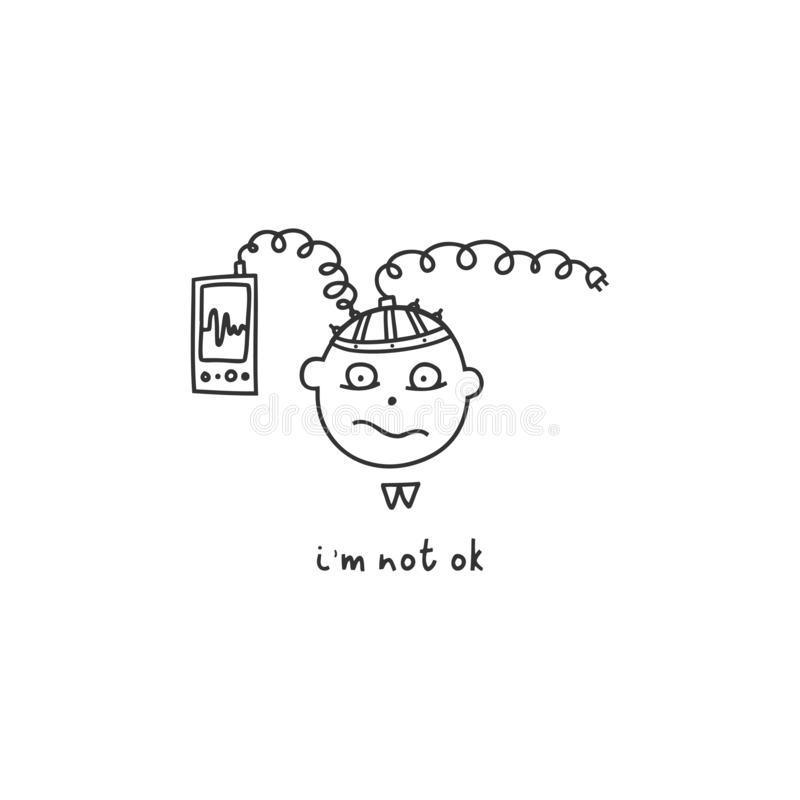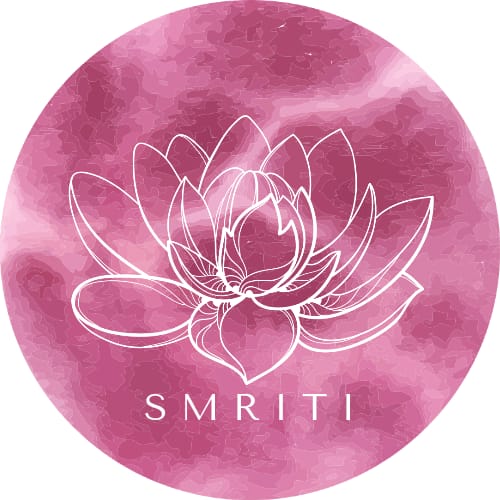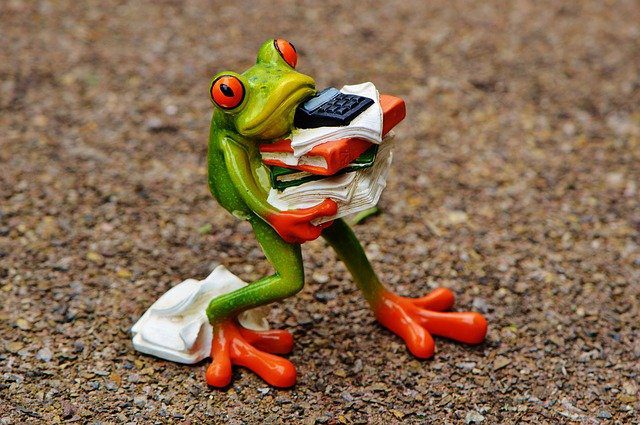
Efficacy of Shodhana therapy and Rasayana in Moderate Depression
<p=”justify”>Seetha Chandran*, Mohammed Riyaz. A. K**, Prakash Mangalasseri*** B.J.Patgiri****, Prasanth Dharmarajan*****
*PhD Scholar, Dep.of Rasasastra and Bhaishajya Kalpana, IPGT&RA, GAU, Jamnagar, seethaac@gmail.com, ph: 9496830565
** Medical officer, Ayurveda dispensary (CHC), Androth Island, Lakshadweep
***Assoc. Professor, Dept. of Kayachikitsa, Vaidyaratnam P.S. Varier Ayurveda College, Kottakal, Kerala, India
****Professor and Hod, Dep.of Rasasastra and Bhaishajya Kalpana, IPGT&RA, Jamnagar
***** Asst.professor, Dep.of Panchakarma, All India institute of Ayurveda, Newdelhi
INTRODUCTION
Kaphaja Unmada (Depression) is a common and serious mood disorder which exerts wide range of physical, physiological and psychological impact. Almost one million lives are lost yearly due to suicide, which translates to 3000 suicide deaths every day due to depression [1]. The burden of depression is 50% higher for females than males (WHO, 2008) [2]. It is estimated that by the year 2020 if current trends for demographic and epidemiological transition continue, it would be the second leading cause of disability-adjusting life years (DALYs), second only to ischemic heart disease [3]. Epidemiological studies shows depression is estimated to affect 350 million people worldwide and India holds first in the prevalence rate of 36% [4].
The actual cause of depression is not known. According to modern view, it is likely to be due to the interplay of biological, psychological, and social factors in the life-span of an individual [5]. Depression is classified under F30 – F39 mood (affective) disorders. In this depressive episode comes as sub category of F32. Depression is a common mental disorder that presents with depressed mood, loss of interest or pleasure, decreased energy, feelings of guilt or low self-worth, disturbed sleep or appetite, and poor concentration. On the basis of the severity, WHO further classified it into mild, moderate and severe. Diagnosis of depression can be made with either DSM IV text revision of mental disorder or ICD-10 classification of mental disorder [6]. Management of depression can be categorized as pharmacological and non-pharmacological.
The treatments like antidepressants, mood stabilizers and ECT (electro convulsive therapy) are the present choice in depression. Antidepressants, effective in 65 to 75% of patients, are the treatment of choice for majority of depressive episodes. These are also called Thymoleptics and Mood elevators [7]. Non pharmacological includes exercise therapy, biblio therapy, light therapy, psychotherapies like cognitive behavioural therapy (CGBT). But non pharmacological is more effective in mild and moderate depression [8].
Depression as such is not mentioned in any classics of Ayurveda. But the disease can be understood from various scattered references in different classics. Previous scholars tried to correlate the clinical condition with kaphajonmaada, vishaada /avasada [9][10] . But exact correlation is not possible. Psychopathology of depression may even extend up to somatic level [11] .So it is compulsory to know the psychosomatic aspect mentioned in Ayurveda before entering into the actual topic. Ayurveda describes three types of sareerika dosha (ie., vata, pitta and kapha). and two maanasika doshas(rajas and tamas) [12] . Every individual possess both sareerika and manasika doshas. Maintenance of dhee and dhrti (̴ intelligence) is by Tarpaka kapha, and medha (cognitive ability) by sadaka pitta whereas indriyapaatavam (senorium) is by prana vayu [13] .Thus bodily humors are very much related to manasa prakriti. If any of this doshas, sareerika or manasika vitiate, consequence may result in both body and mind. Nidaana for sareerika and maanasika vyaadhis also share the same core. Pathologically, rajastamovridhi (increased rajas and tamas) and subsequent avarana of budhi and mana happen when the rasavaha, raktavaha, and sanjavaha strotas (channels conducting nutrition, oxygenation, and knowledge perception) get obstructed [14] .
In the current context depression is correlated with Kaphaja Unmada. Because symptoms like sthaanamekadeshe (sitting alone), alpacham kramane (reduced motor activities), tushneebhaava (depressed mood), alpavaakyatha (reluctance to talk, retardation), anannabhilaasha (diminished appetite), rahapreeti (social withdrawal), sadana (increased fatigability), sauchavidvesha (aversion towards daily routines/ loss of interest), svapna nitya (changing sleep pattern) etc are present both in depressive disorder and kaphaja unmaada [9]. Associated dosha may vary according to the severity of the disease. In mild depression we can consider the role of vata along with kapha. Moderate depression have an association of pitta and severe depression is mostly kapha predominant.



